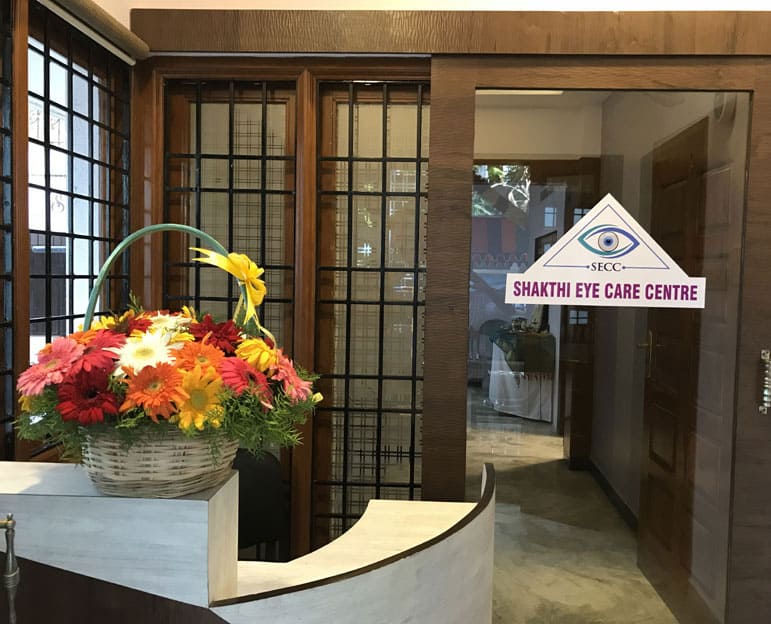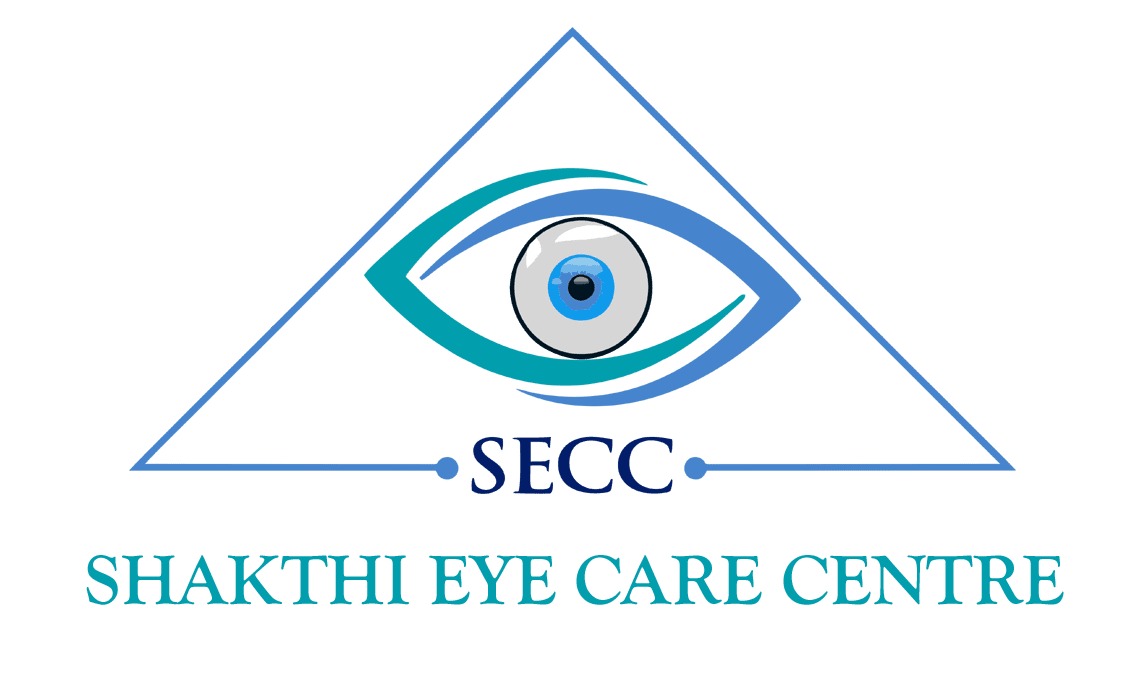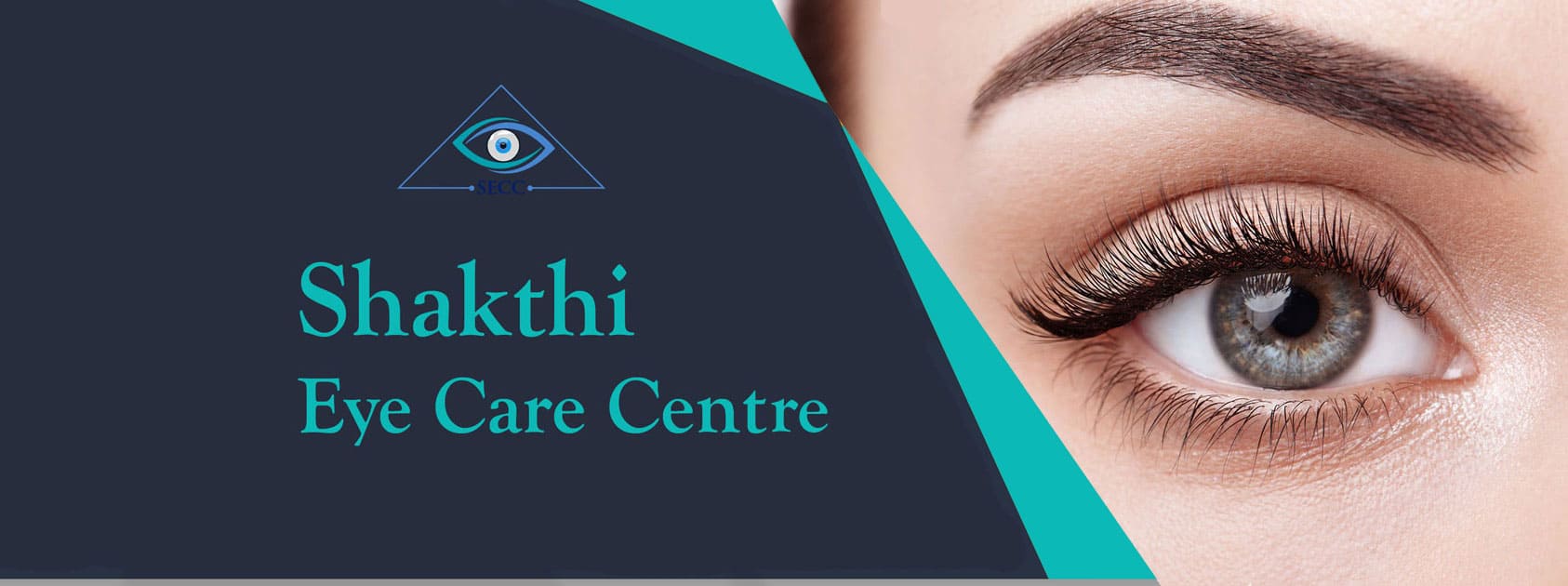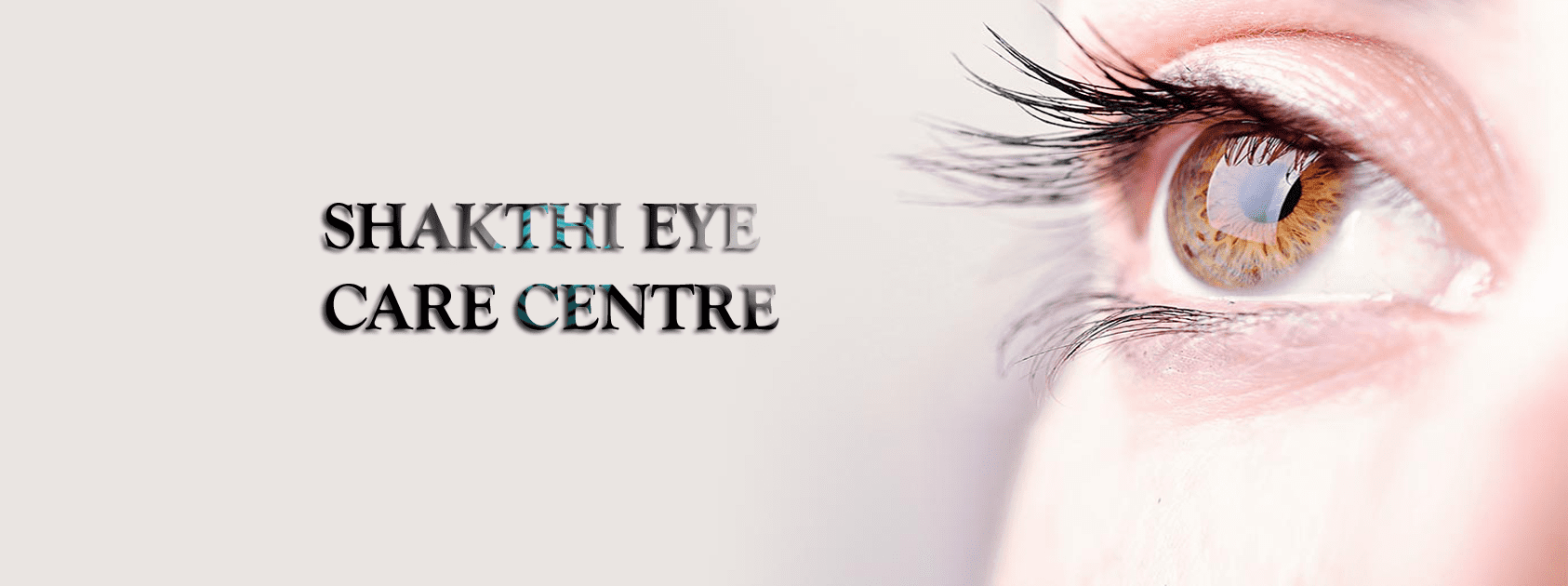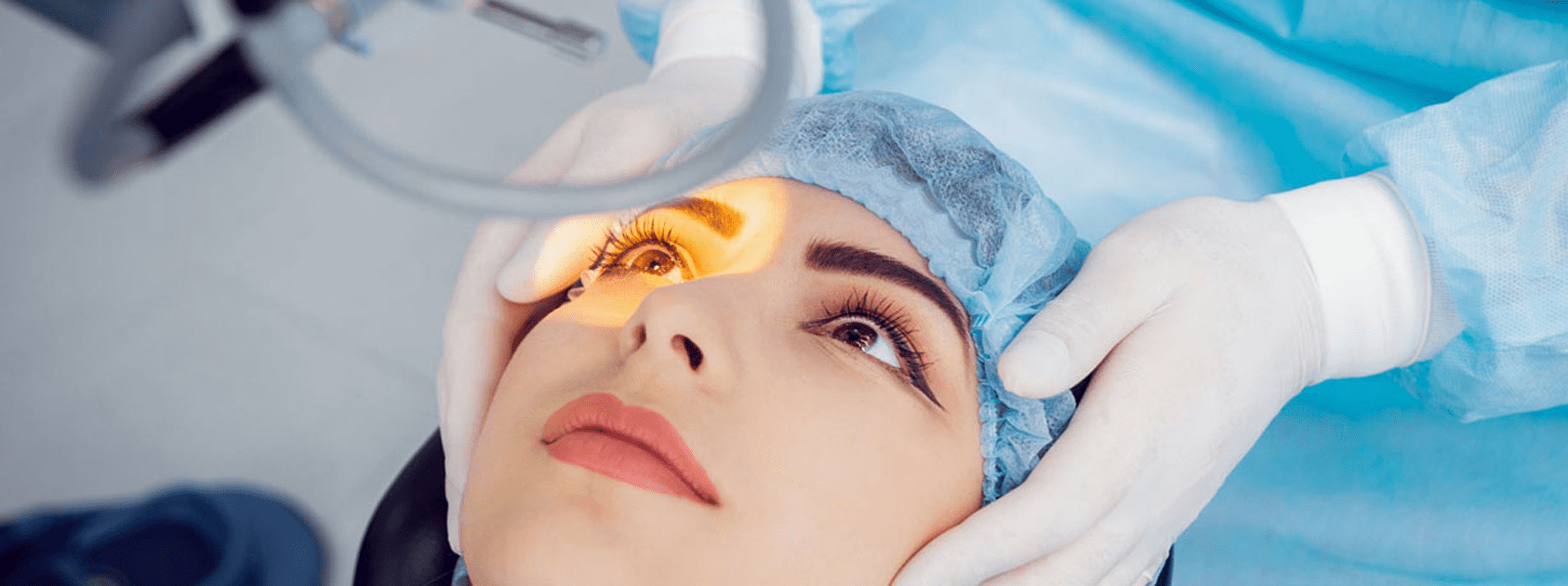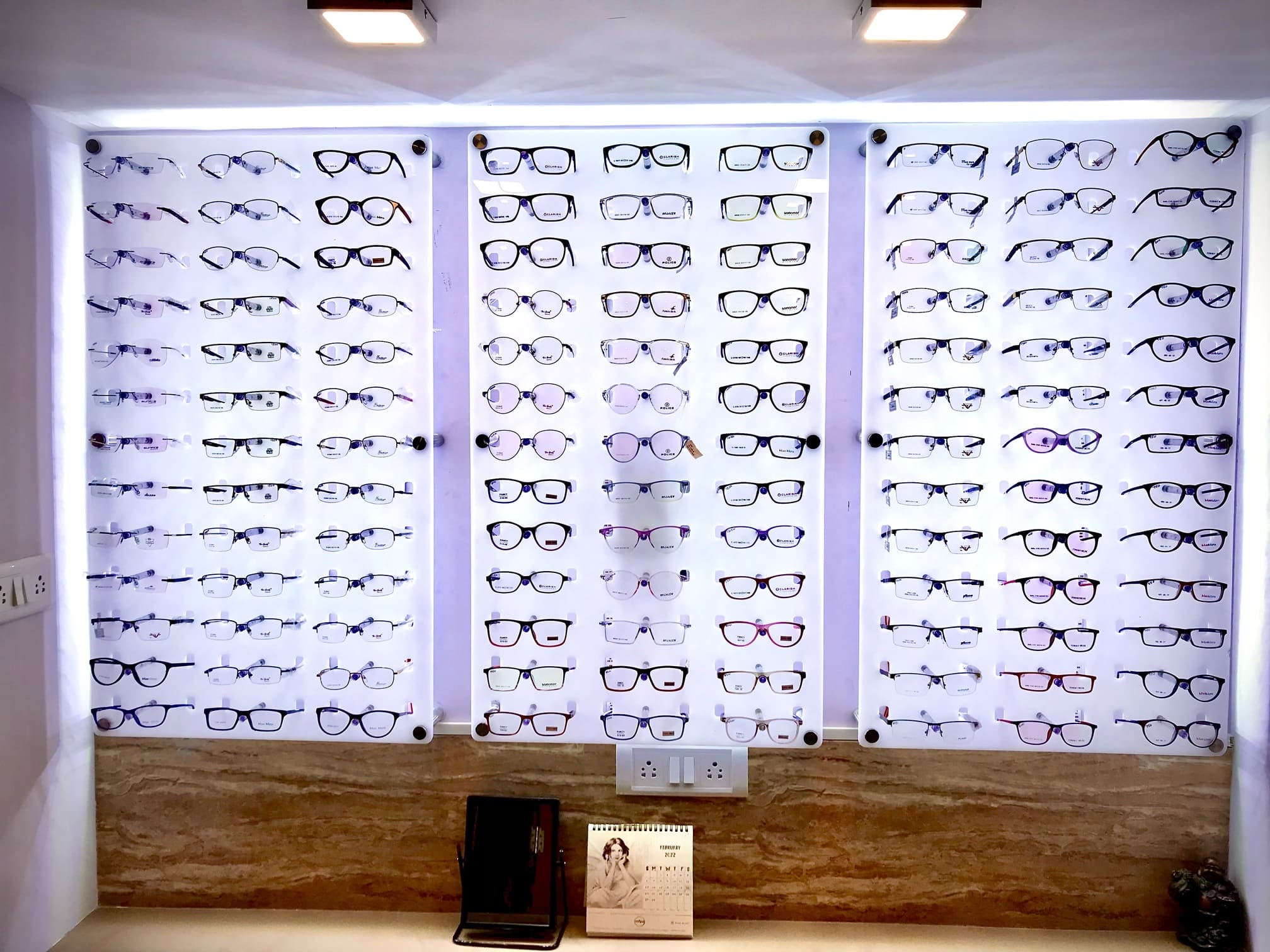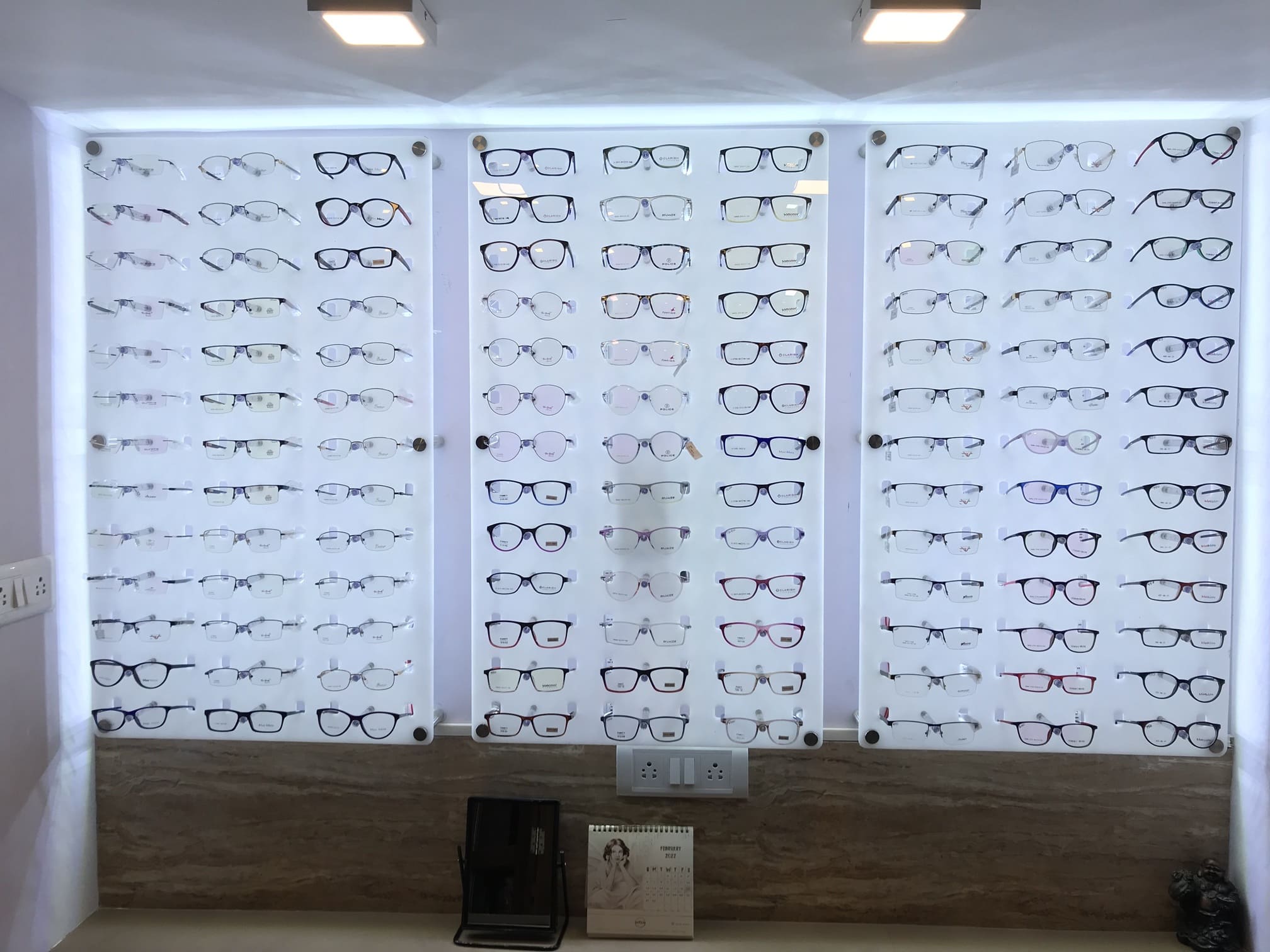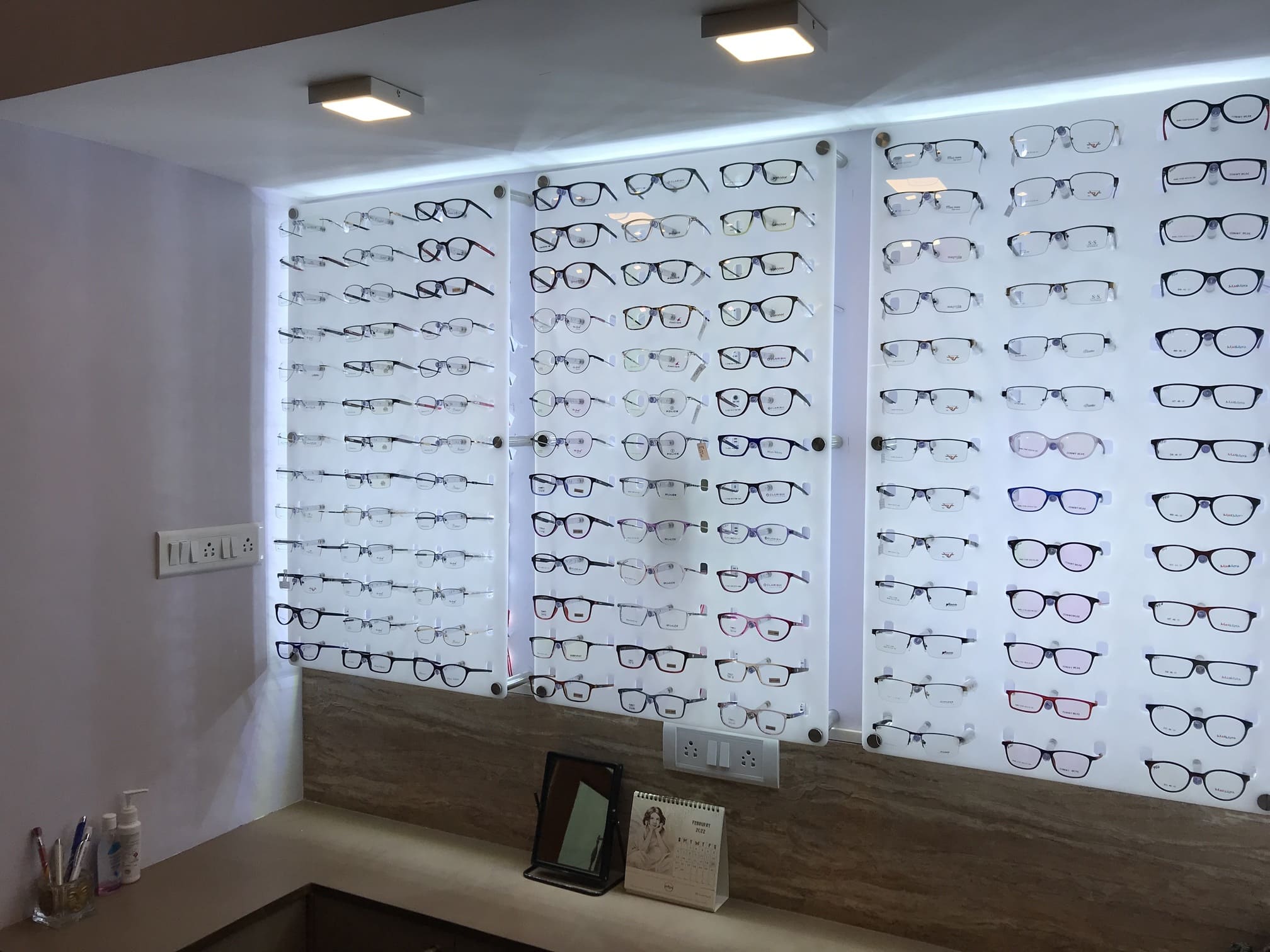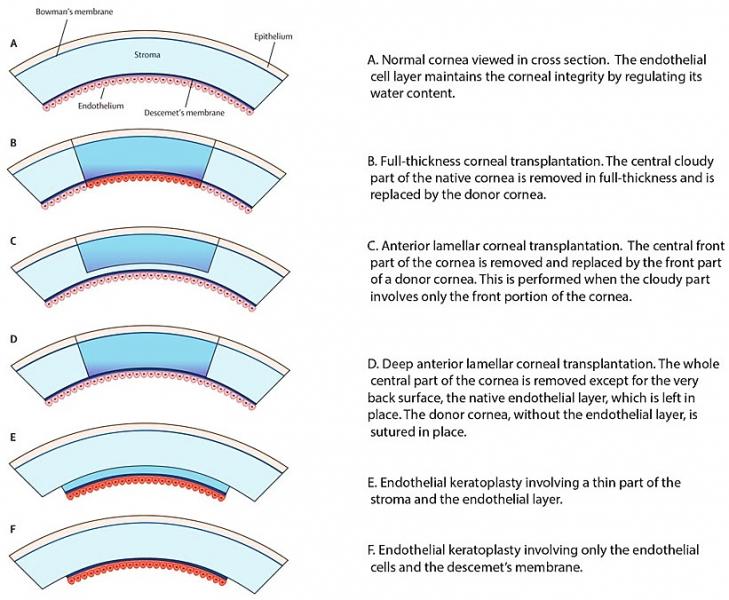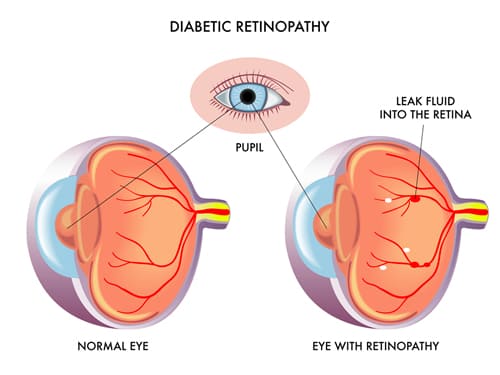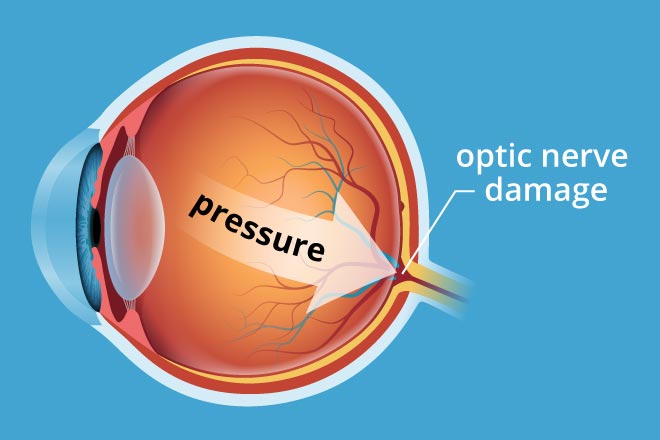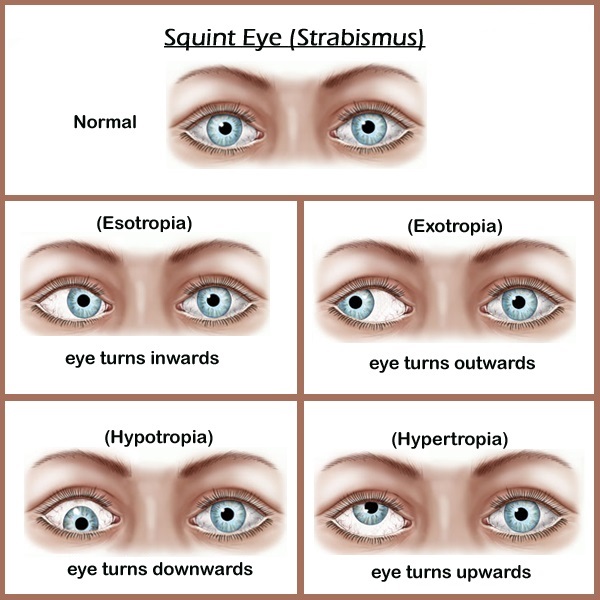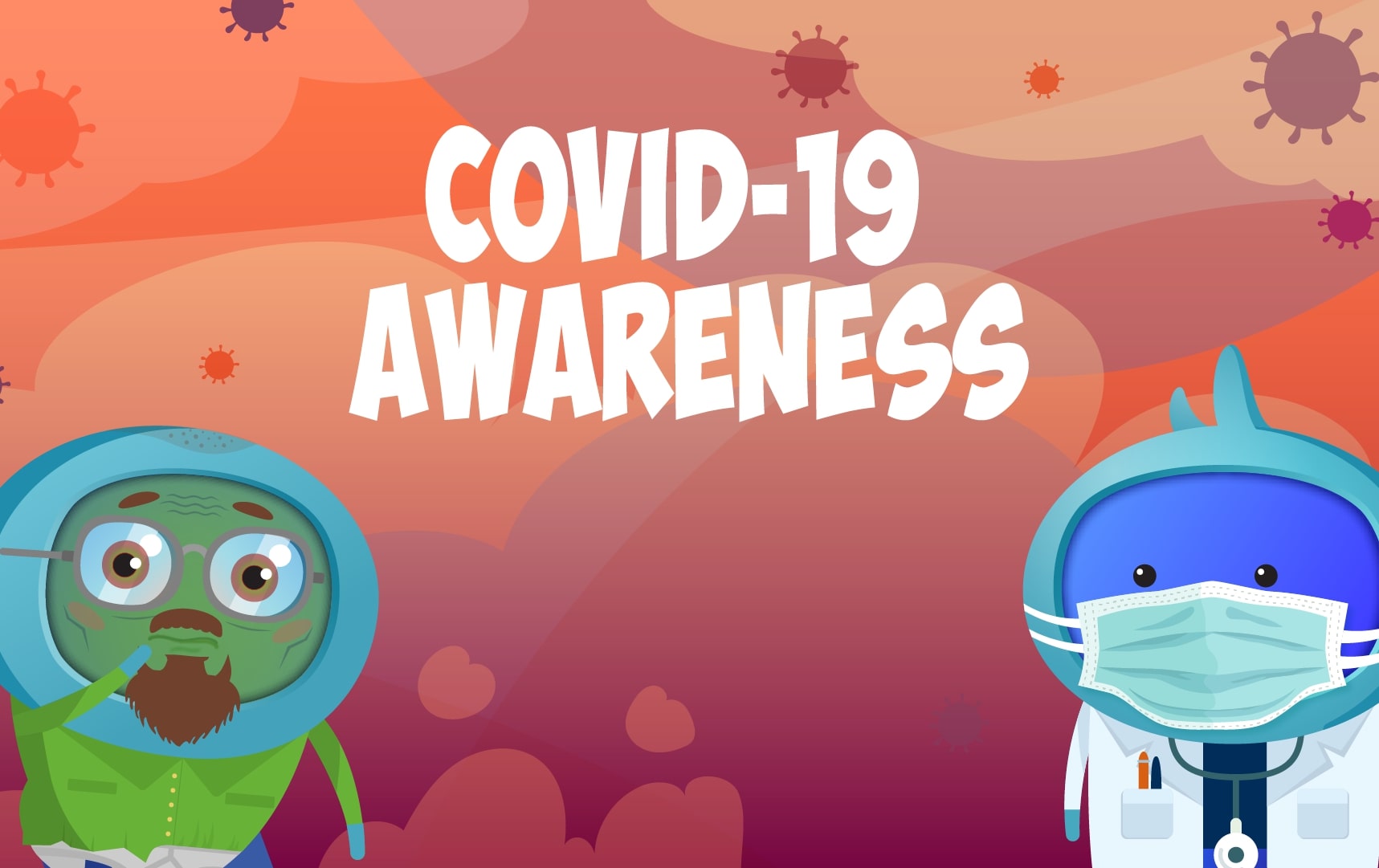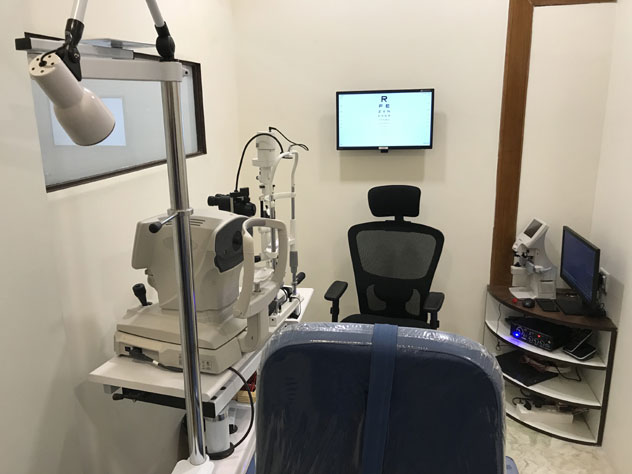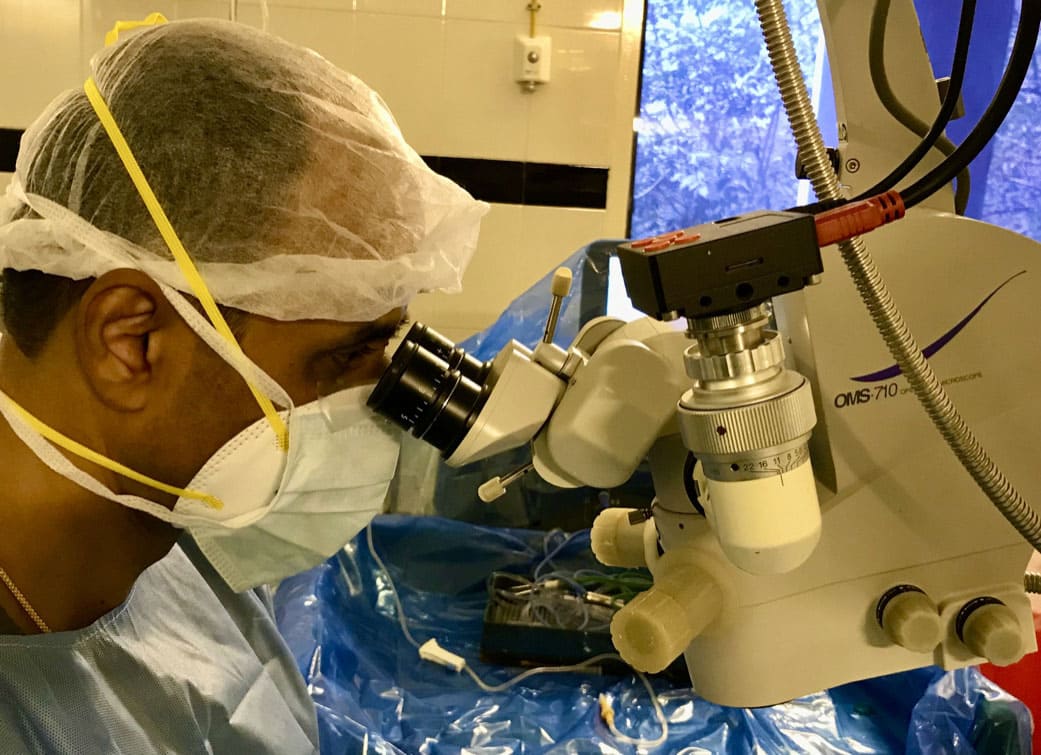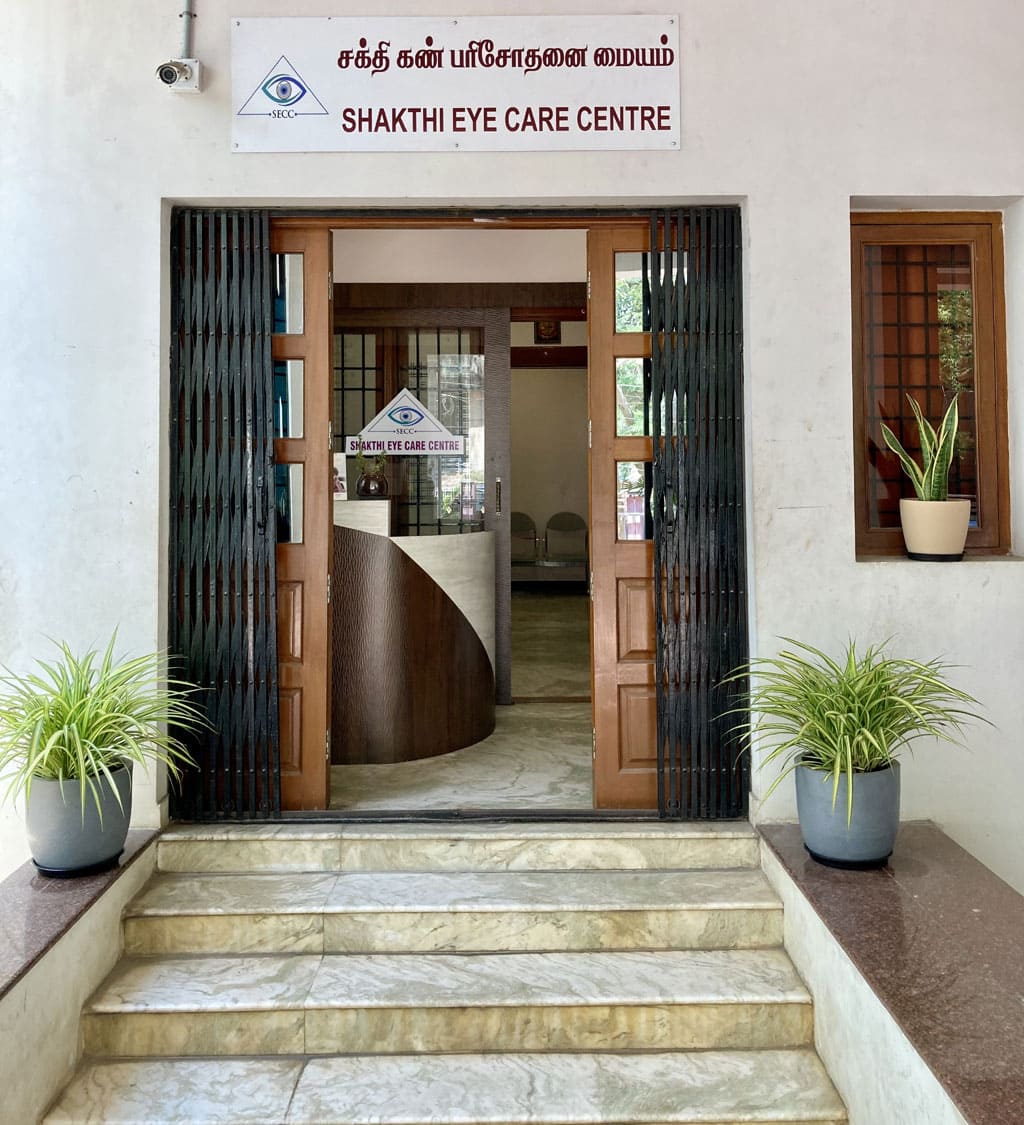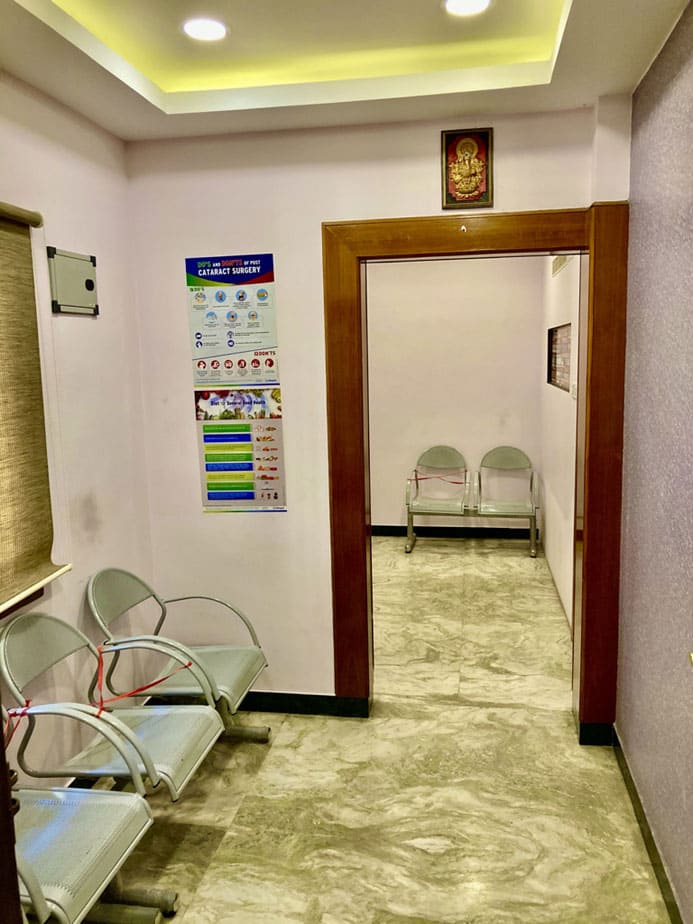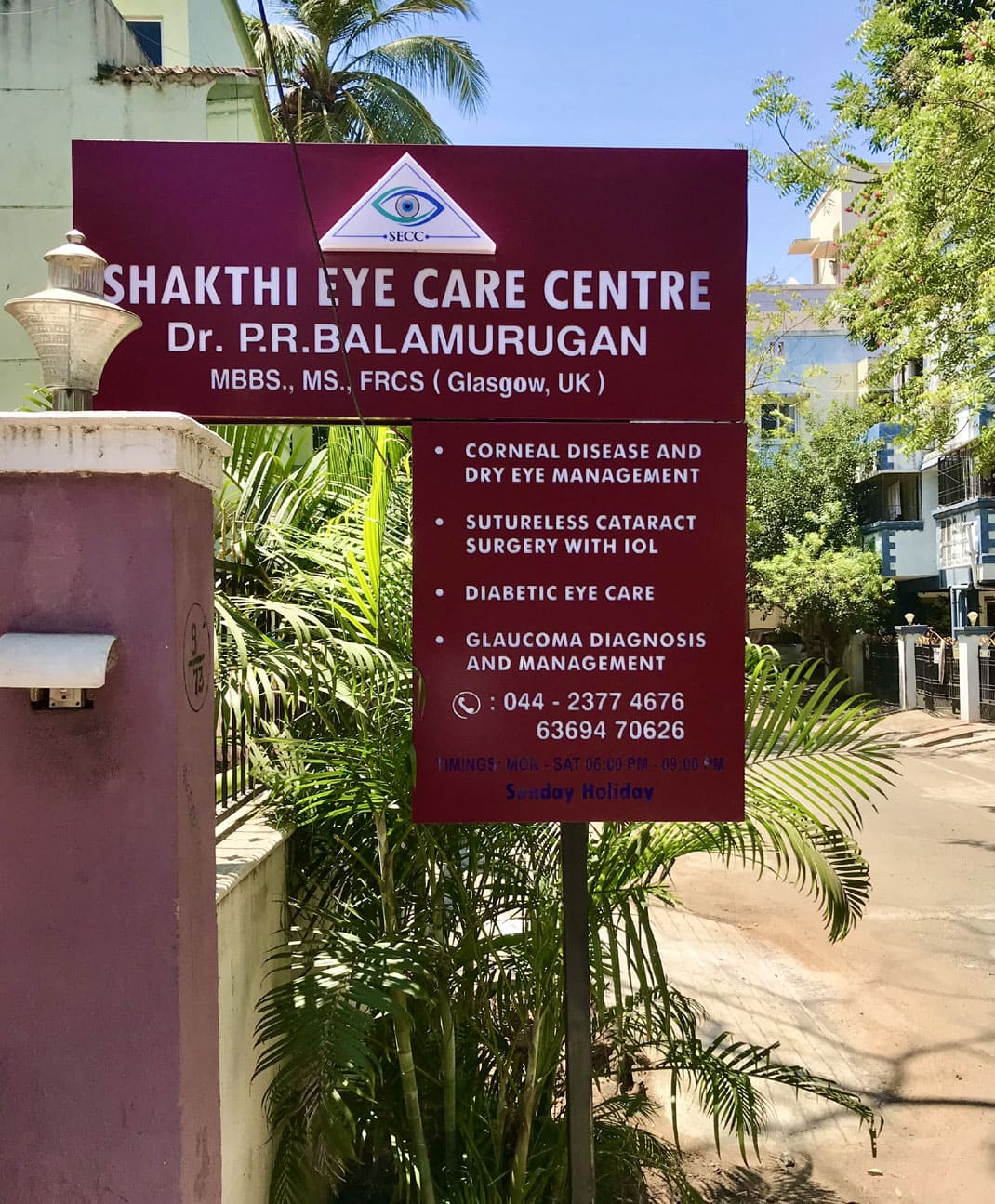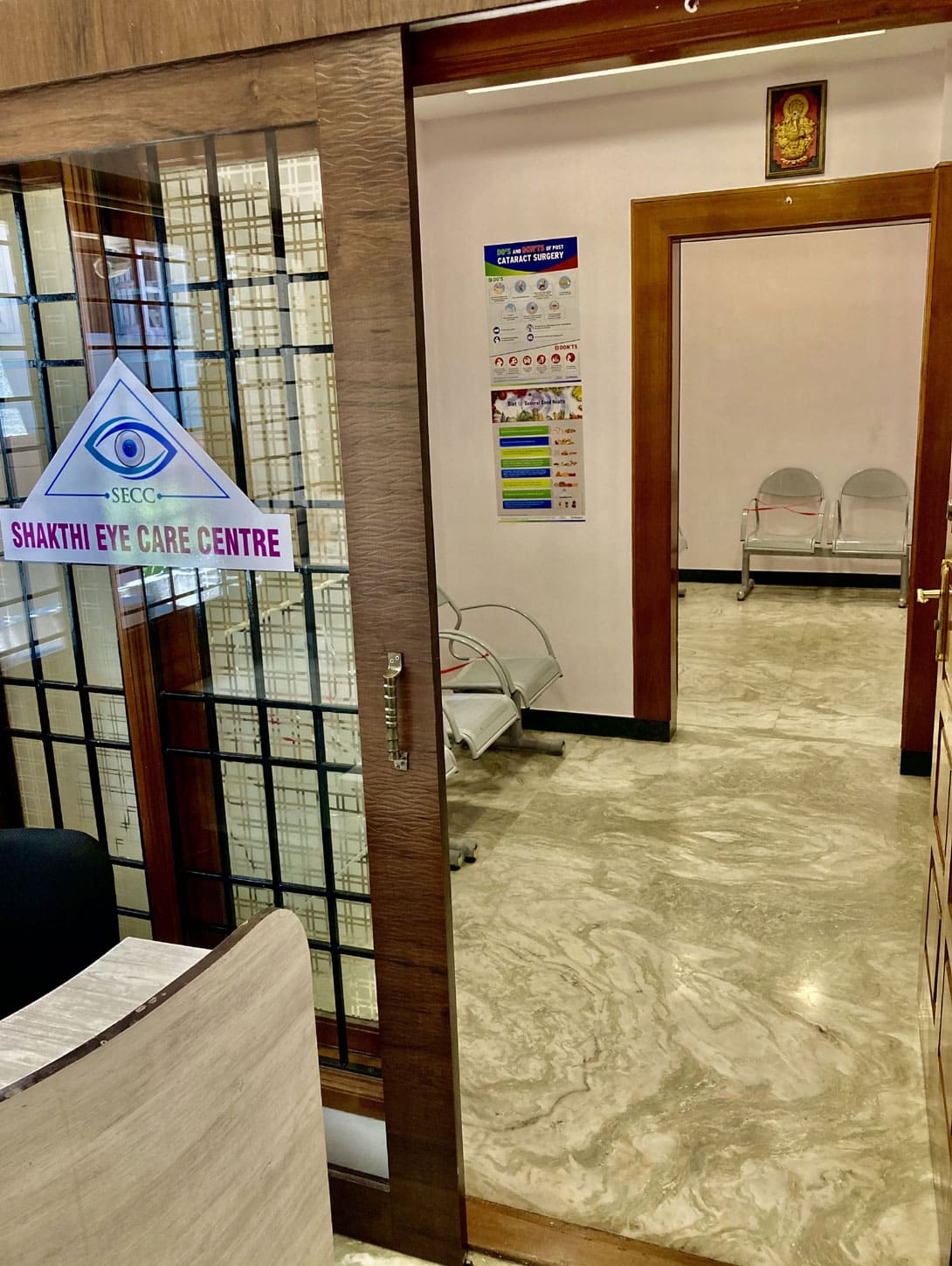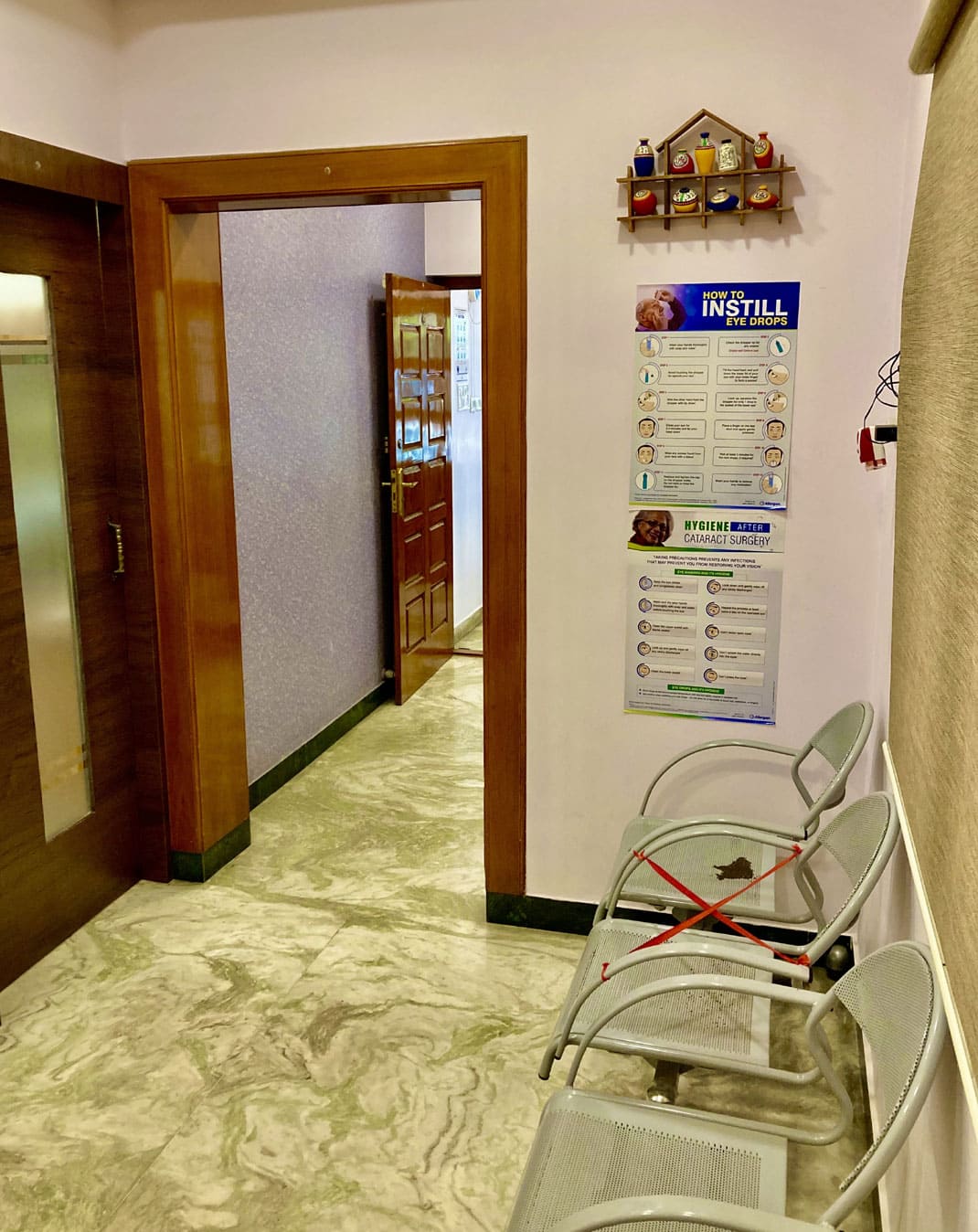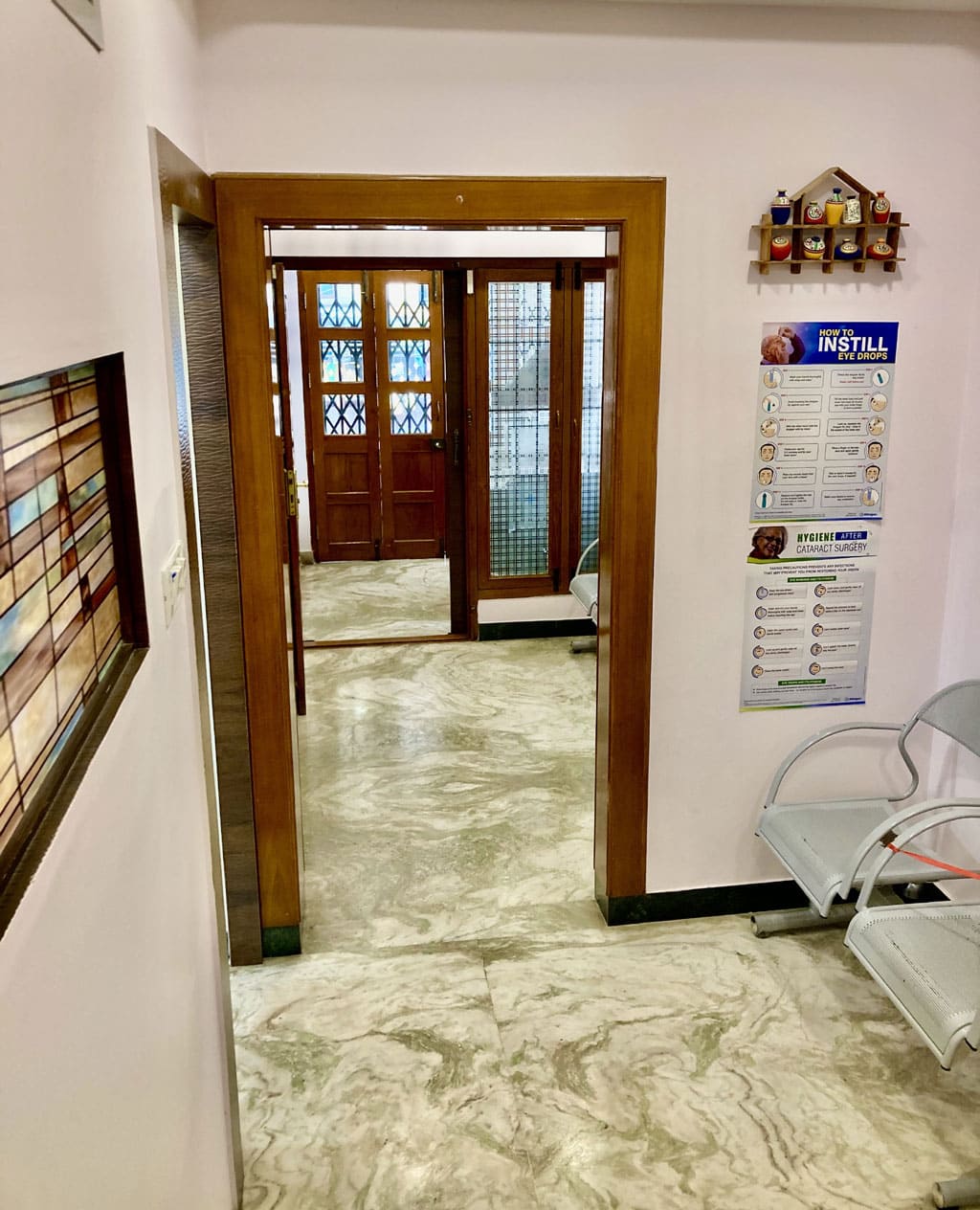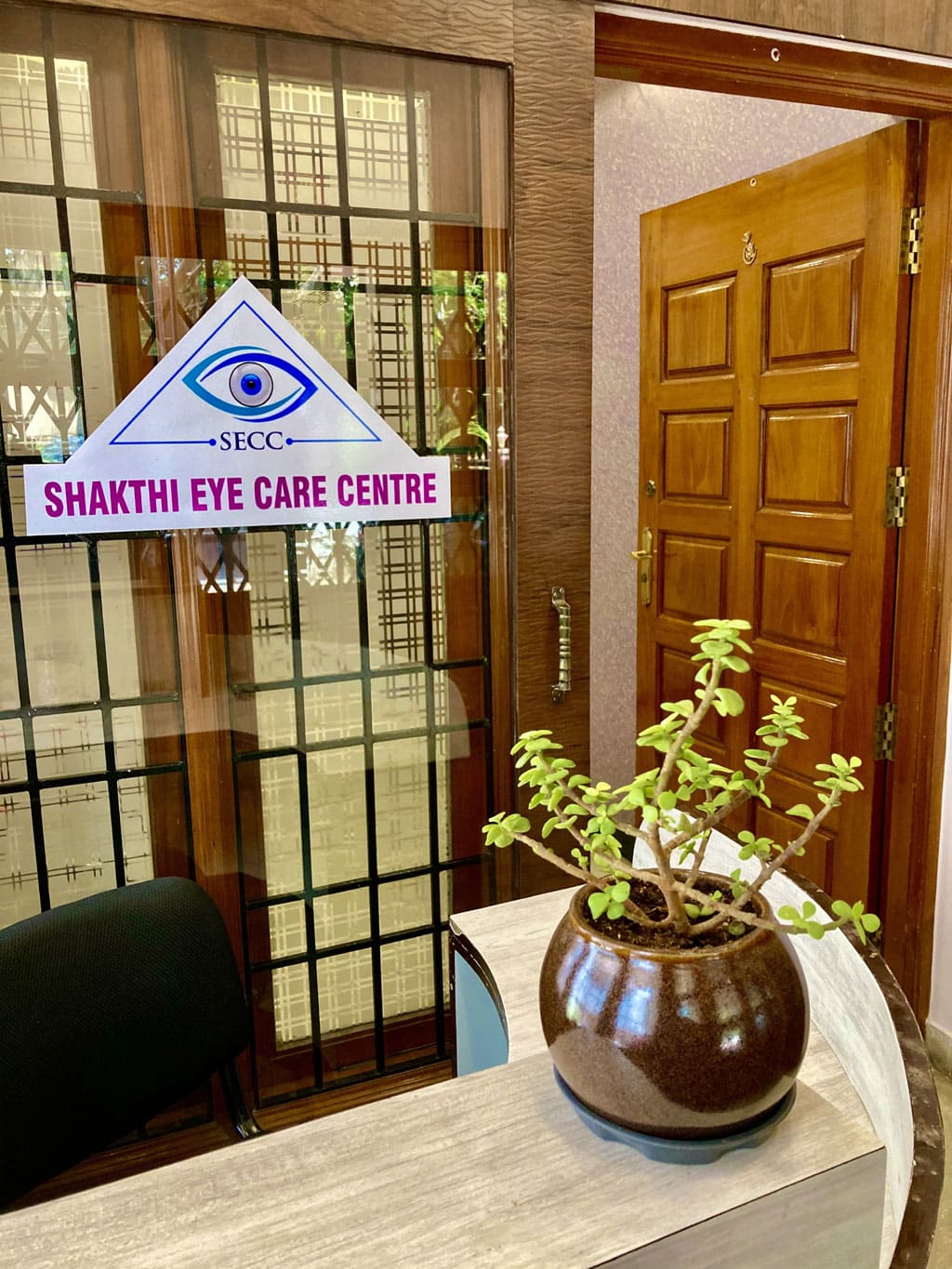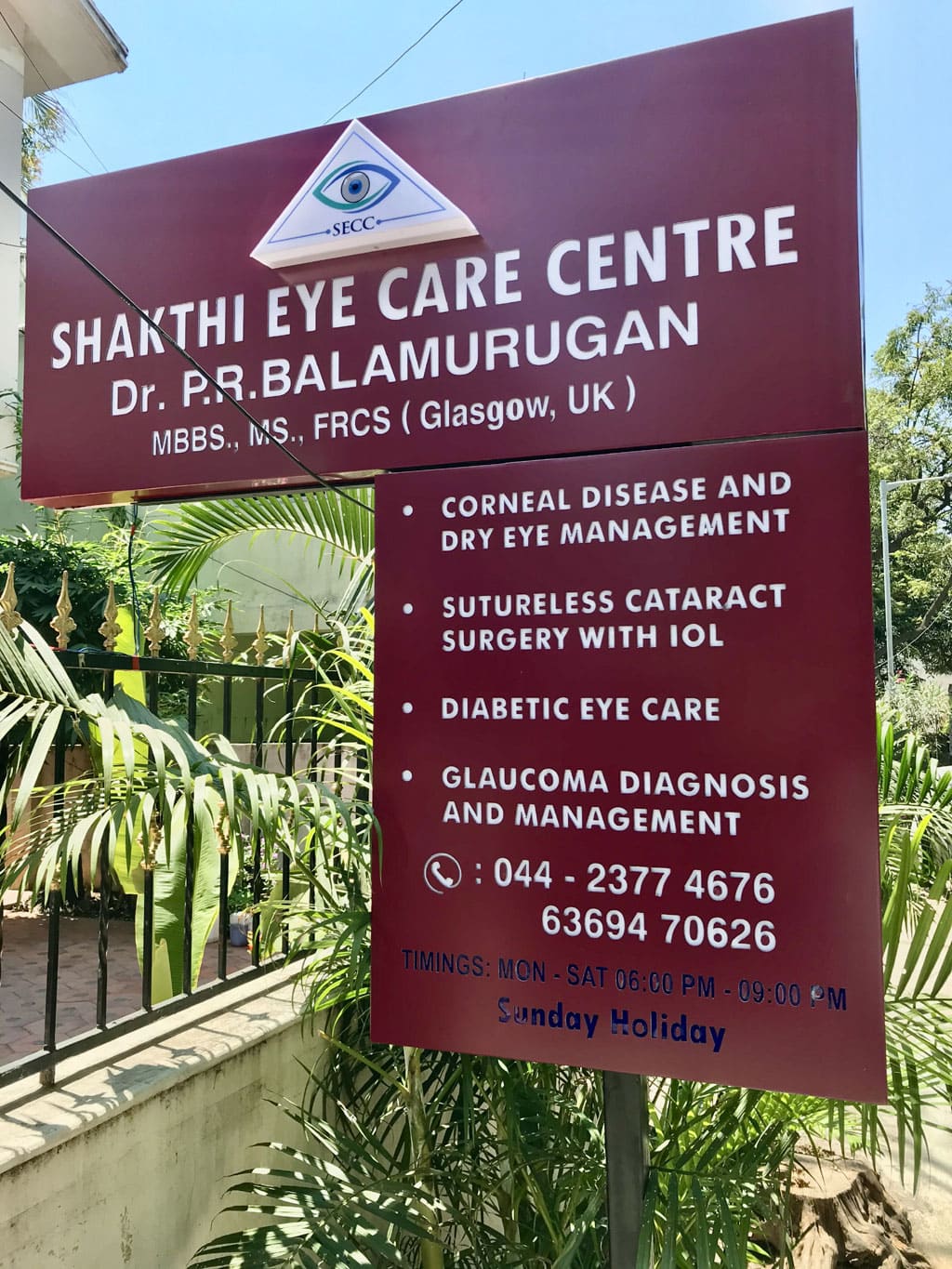Glaucoma occurs due to a blockage in the drainage system of the eye, due to which the intra ocular fluid gets accumulated leading to the development of high pressure within the eye. This high pressure can damage the sensitive optic nerve, thereby leading to loss of vision.
Slow and often unnoticed decrease of vision and reduced field of vision Headaches accompanied by redness and pain in the eyes Frequent change in glass prescription Reduced vision in low light conditions or at night Seeing coloured haloes or rings around light bulbs
Primary open-angle glaucoma
It is the most common form of glaucoma where the eye’s natural drainage canals become
clogged over time. This is dangerous, because most people have no symptoms or early
warning signs. If it is not diagnosed and treated, it can cause a gradual loss of vision.
Open-angle glaucoma treatment
After proper investigations and confirmation of diagnosis, eye drops are used to lower the eye
pressure. There are various kinds of eye drops and the doctor will choose the best drop for you
depending on associated conditions such as asthma, diabetes, inflammation in the eye etc
Angle-closure glaucoma
It is a type of glaucoma in which the drainage area or angle is closed or narrow. Consequently
fluid inside the eyes (aqueous humour) cannot drain out normally which leads to a rise in eye
pressure. This may lead to pain in the eye, redness, decreased vision and coloured halos
around light. Angle-closure glaucoma may have acute symptoms and need immediate attention
in the form of medicines and laser to relieve the acute attack.
Angle closure glaucoma treatment
In addition to drops and tablets, a laser may be recommended to create an alternative opening
to relieve the angle closure and allow fluid to pass through and open the blockade (YAG PI).
Patients who do not respond to lasers and medicine will need surgery
Secondary glaucoma
Secondary glaucoma develops as a result of other eye conditions such as trauma or injury or
complicated surgery, inflammation, use of certain drugs like steroids, etc. Sometimes it may be
due to pigment release from the eye (pigmentary glaucoma) or due to deposition of flaky
material (pseudo-exfoliative glaucoma). The treatment depends on the cause of glaucoma.
Normal Tension Glaucoma
Also known as low-tension glaucoma or normal pressure glaucoma. In this type, the optic
nerve is damaged, despite the pressure remaining normal. Those at high risk for this form
include patients with a family history of glaucoma, history of systemic heart diseases,
especially rhythm abnormalities.
A complete eye examination is needed to diagnose glaucoma. In addition to vision and routine slit lamp examination, eye pressure estimation (Tonometry) followed by evaluation of the drainage angle using a special type of lens (Gonioscopy) is done to know whether a person is having open or closed angle glaucoma. A dilated retinal examination of the retina is important to rule out damage to the nerve. Some of the other tests include visual field testing and scanning of the nerve with the help of specialised equipment (OCT).
Glaucoma can be treated both medically and surgically.
A number of eyedrops are available that help to reduce the intra ocular pressure. Surgical treatment
includes both filtration procedures as well as LASER.
People at high risk of glaucoma should get a complete eye exam, including dilated eye
examination , once every year. Tests include tonometry, gonioscopy, and in people suspected of
having glaucoma, visual field tests to detect glaucoma at an early stage.
